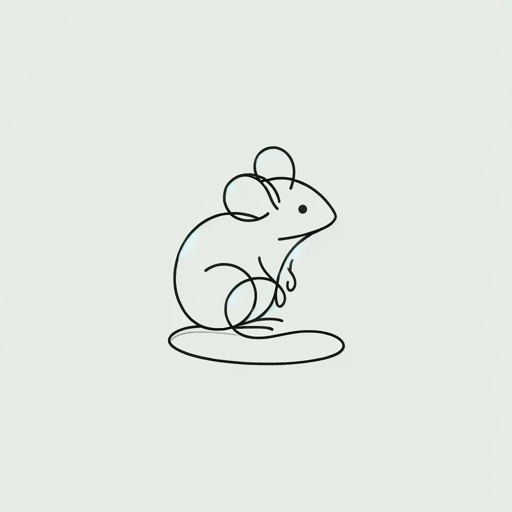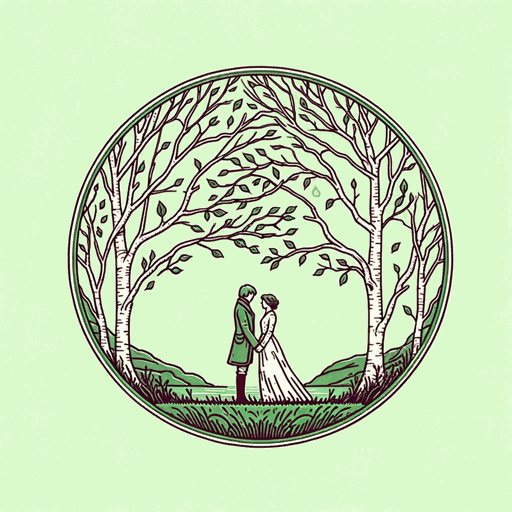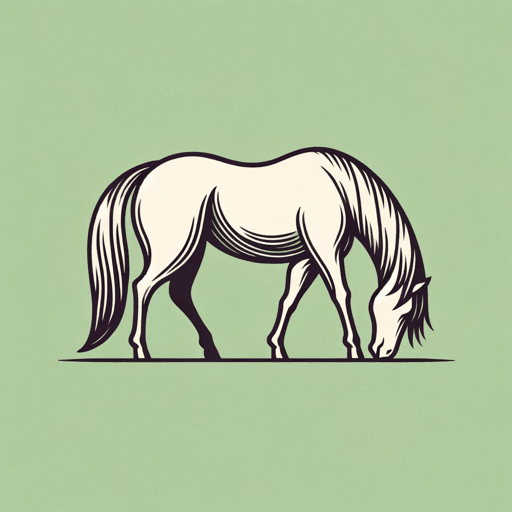21 pages • 42 minutes read
Robert BurnsTo a Mouse
Fiction | Poem | Adult | Published in 1786A modern alternative to SparkNotes and CliffsNotes, SuperSummary offers high-quality Study Guides with detailed chapter summaries and analysis of major themes, characters, and more.
Symbols & Motifs
The Coming Winter
The winter—for both mice and farmers—represents long months of relative inactivity and cold. Most importantly, however, the winter is a time that the speaker and the mouse have to spend much of the year preparing for. In this way, the winter, its “bleak December winds” (Line 23), and its “cranreuch cauld” (Line 36), represent the forces that make the “best laid schemes o’ Mice an’ Men” go awry (Line 39).
Much of the reason the speaker is distraught over destroying the mouse’s nest is that he sympathizes with the mouse’s preparations and understands that a lack of preparation for winter can mean death. The phrase “fields laid bare” suggest that the speaker has already harvested his crops (or that his crops have failed) and is in the final stages of preparing for the winter (Line 25). This is corroborated by the presence of winds that toss the mouse’s nest (Line 20). One of the poem’s underlying ironies is that the farmer’s attempt to prepare for the winter has undermined the mouse’s preparation.
The Mouse and the Farmer
The farmer and the mouse are interchangeable in their winter preparations. In either case, one stroke of bad luck—whether it be a destroyed nest or a failed harvest—can result in death.
Related Titles
By Robert Burns




